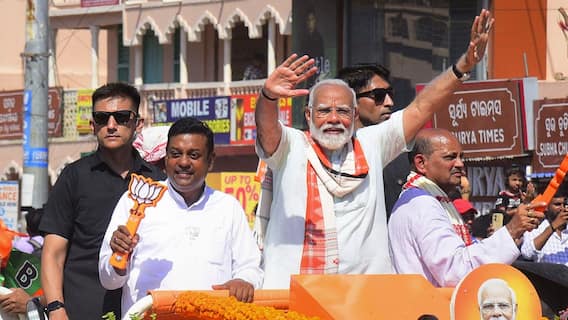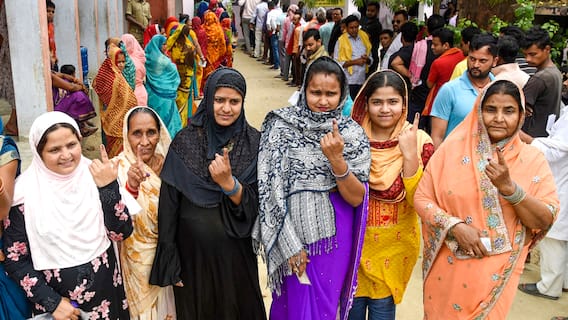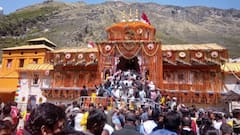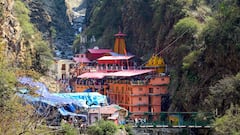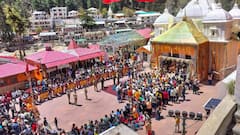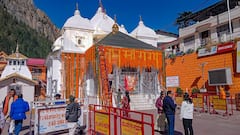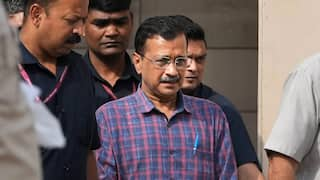
Independence Day 2023: Nurturing Bengal's Traditional 'Tant' Sarees From Swadeshi To Modern Day
The Swadeshi Movement, which was most prominent in West Bengal but had echoes throughout the country, sought to oppose British rule and promote self-help and self-reliance.

New Delhi: Indian Independence Movement had several milestones throughout the years of struggle and the launch of the Swadeshi Movement in 1905 is one of them. The Swadeshi Movement is commemorated on August 7 every year as National Handloom Day. This day also highlights the handloom sector's contribution to the country's socioeconomic development. The Swadeshi Movement, which was most prominent in West Bengal but had echoes throughout the country, sought to oppose British rule and promote self-help and self-reliance.
On 7 August 1905, the Swadeshi movement was formally launched from Town Hall in Calcutta with the goal of reducing reliance on foreign goods in favour of domestic production. According to Mahatma Gandhi, swadeshi is the soul of swaraj (self-rule). After wealthy Indians donated money and land to Khadi and Gramodyog societies, which began cloth production in every household, the movement grew in size and scope.
Bengal's Connection With Handloom Heritage:
The significance of August 7 is deeply rooted in Bengal's connection with handloom heritage. It was chosen to commemorate the Swadeshi Movement, established on this day in 1905 in Calcutta Town Hall, as a poignant protest against the partition of Bengal by the British Government. This movement, with its focus on reviving domestic products and production processes, has since become a symbol of Bengal’s commitment to preserving its handloom legacy and promoting indigenous craftsmanship, a principle also championed by Mahatma Gandhi.
Bengal’s handloom heritage reflects a history of craftsmanship and artistic excellence, where skilled artisans have intricately woven their culture, history, and artistic expression into exquisite textiles admired both nationally and internationally.
Bengal And Its 'Tant' Sarees:
East Pakistan was very intrumental in expanding the handloom weaving in West Bengal. "Weavers from Bangladesh migrated to India and came to West Bengal. Phulia, near Shantipur, became a new home for these Tangail weavers, who brought their ancestral weaving traditions with them and taught how to weave saris which exists even today," said Professor Tamoghna Mandal, Assitant Director of Fashion Technology department, Amity University, Kolkata.
Other weaver communities were established in West Bengal's Hooghly and Bardhaman districts. Each region has developed its own signature style over the years, and is best known for its 'tant' sari varieties.
"After the Parition of Bengal, the state was divided into East Partition and West Bengal, but the strong weaving sectors belonged to East Pakistan because they have the pedigree of the Mughals of the 16th century. So, they were the ones who started the 'Jamdani movement' which was later inculcated by the weavers of West Bengal. Also, because the British goods were boycotted at that time, this movement in Bengal got tremendous support from the nationalist party to revive the weavers community of Nadia and Shantipur who were struggling owing to the import of Manchester cotton by the East India Company," Professor Tamoghna Mandal continued to say.
"But, after the partition, the weavers of Nadia and Shantipur started to re-establish themselves and the textile industry started to flourish. Other weavers also joined hands with them and the production of fine muslin began at that time in huge numbers. The use of powermills also came into existence because of the influence of the British. Thus, a lot of looms were used and garments were produced. But, saree was a notable feature of the women at that time and they were made out of different weaves and different styles. As a result, there was a lot of local demand owing to the mass appeal of the Khadi and The Tant culture and the demand of shantipuri sarees and dhoti also increased," he further added.
Challenges And Opportunities In Bengal's Handloom Industry:
Most people know the prominent role of Khadi in India's freedom struggle, but not many are aware about the role of Bengal's handlooms in the freedom movement.
Professor Tamoghna Mandal said, "This is because, these things are not taught in history books. If you have the love for the country and the emotion of swadeshi within you, then only you can cultivate this kind of emotions. Now we are trying to adapt the western culture but, India has a rich heritage and Bharat bhumi was just one land as per the Vedas and the Shastras. Bengal played a very important role in the development of the culture. For people to understand this, they have to go through the history and the stories behind the revival of Bengal, the Bengal endeavour and all that was done for the revival of Tant sarees."
"It is important to choose and wear our native cloth which we should be proud of. We need to learn to follow our culture, heritage and systems instead of being hypnotized by the Western culture. We need to love to wear handlooms and help the craft to survive," he further added.
Amidst the evolving landscape of Bengal’s handloom industry, several challenges and opportunities demand attention to secure the long-term sustainability of its treasured handloom heritage. Challenges such as the dwindling number of skilled artisans due to alternative career choices, lack of access to modern markets, rising production costs, and competition from mechanised fabrics pose significant threats. Addressing these challenges while promoting ethical practices, supporting artisan communities, implementing sustainable marketing strategies, and nurturing traditional weaving techniques can pave the way for a resilient and thriving future for Bengal’s handloom heritage.
Debaroopa Bhattacharya, founder of Ummaira states, "In the realm of Bengal’s handloom industry, the key challenges lie in the lack of financial viability for weavers, low income levels with approximately 67% earning less than ₹5,000 per month, and a decline in the overall number of weavers. Opportunities arise from improving the procurement of raw materials, enhancing marketing support and branding for finished goods, and empowering weavers through better awareness and access to government schemes and facilities. Establishing handloom institutes in clusters like Tangail, Shantipur, Phulia, Nadia, Dhanekhali, Bishnupur, and Murshidabad, can create a network to disseminate crucial information, provide design and training support, offer credit facilities, and foster long-term sustainability for Bengal’s rich handloom heritage."
Bengal Handlooms And The Present Generation Of Artisans:
The legacy of Bengal’s handlooms continues to inspire the present generation of artisans. Textile Designer Sreya Samanta, Founder & Creative Head of Label Sreya Samanta - a homegrown brand, says, "The key challenges to ensure the long-term sustainability of Bengal’s rich handloom heritage include competition from power loom and synthetic fabrics, an ageing artisan population attracting and training younger generations, but limited design innovation with inadequate financial support. However, there are promising opportunities in preserving traditional crafts through sustainable fashion, collaborating with designers for fresh designs, and leveraging e-commerce and digital platforms to reach a wider clientele beyond Bengal."
Bengal’s handlooms are undergoing a revival, sustained by the sheer will and talent of weavers, and further bolstered by the growing appreciation for slow fashion from these brands. Efforts to rejuvenate the handloom industry and uplift our weavers have been evident through initiatives like National Handloom Day, nurturing indigenous craftsmanship, and fostering a sustainable future for our artisans and their enduring traditions.
Top Headlines
Trending News

and tablets




